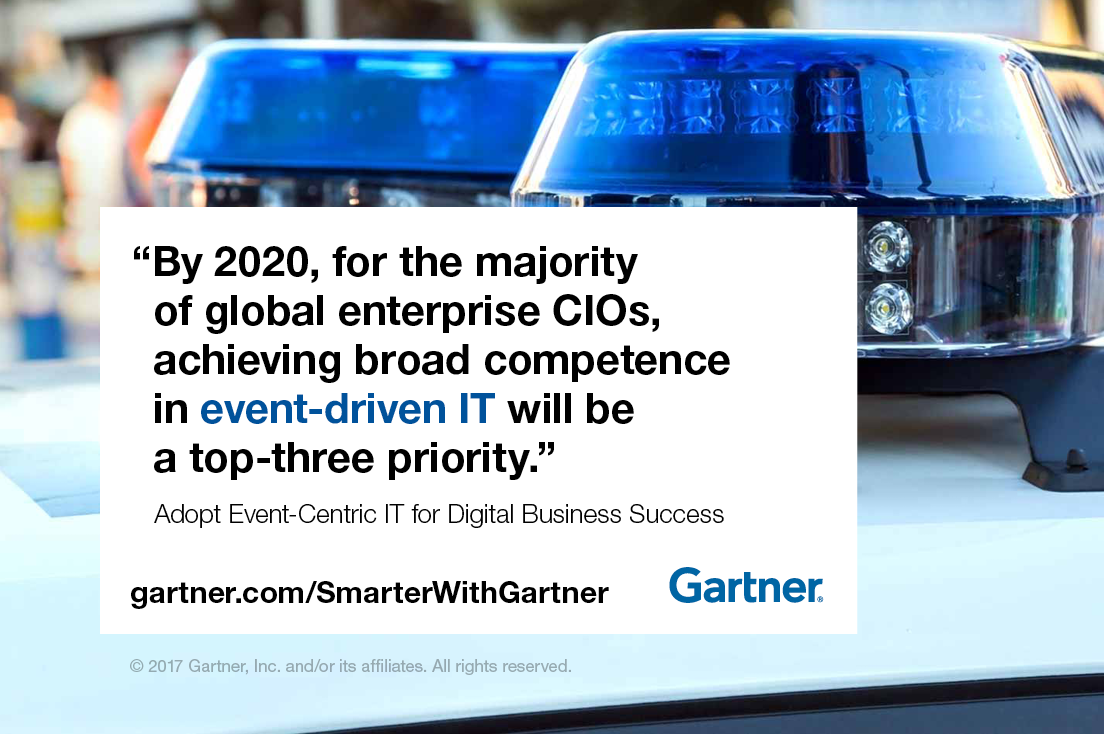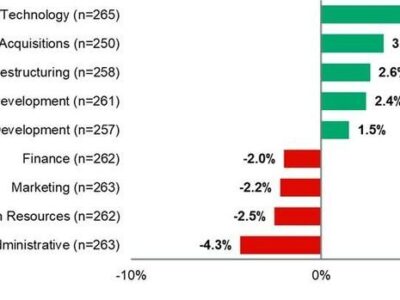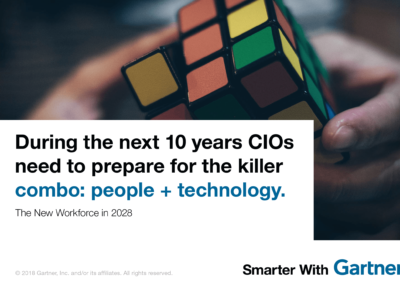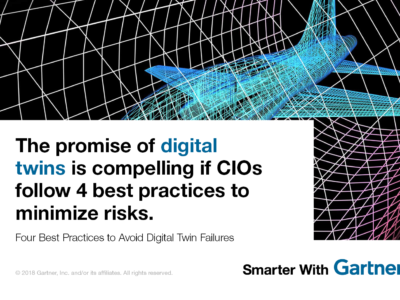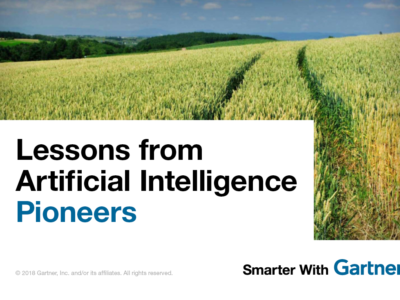Event-driven IT and associated cultural and operational changes are at the heart of a well-run digital business.
A car is involved in an accident in a city center but instead of a witness alerting the relevant authorities, the incident is detected by subscribing software at the city’s emergency service center. Responders are dispatched and nearby hospital emergency rooms, insurance providers, car service stations and other relevant parties are informed and primed for action.
This scenario shows the fundamental role of event-processing and event-driven IT in digital business. The event-driven “nervous system” of a digital business provides the strategic advantage of faster and more intelligent business responsiveness. In this example, the city is capable of fast sensing and intelligent real-time responding to a variety of business moments – from traffic accidents to infrastructure failures, terror threats and human emergencies – and as a result is safer and more helpful for its citizens. Many businesses form an ecosystem for city governance and stand by with their own event-driven IT infrastructure to respond to business alerts.
“A key distinction of a digital business is that it’s event-centric, which means it’s always sensing, always ready and always learning,” said Yefim Natis, vice president, distinguished analyst and Gartner Fellow. “That’s why application leaders guiding a digital transformation initiative must make ‘event thinking’ the technical, organizational and cultural foundation of their strategy.”
Gartner predicts that, by 2020, achieving broad competence in event-driven IT will be a top-three priority for the majority of global enterprise CIOs.
Sense and respond to business events
In the context of digital business, “business events” could be anything that is noted digitally, reflecting the discovery of notable states or state changes, for example, completion of a purchase order, aircraft landing and room noise-level signal are all digitally reported events. Some business events, or convergence of events, form “business moments“, a detected situation that calls for business action.
You’ll know you’re shifting to event thinking when your strategic reasoning no longer concerns just individual data-centric applications, but also the live dynamics of business events and business moments propagating across your whole business and its ecosystem of partners, competitors and customers.
“The more significant business moments are those that have implications for multiple parties – separate applications, lines of business or partners, for example. The more parties that are affected by a business moment, the greater its impact,” said Mr. Natis. “The more context data and different types of events that are considered, the more nuanced the detection, the more advanced IT’s support for the business, the further the organization’s progress toward digital transformation, and, ultimately, the greater the competitive advantage.”
A digital business senses and responds to business events detected by monitoring social and other event streams, partner ecosystem business, internal business operations, and devices on the Internet of Things (IoT).
To make smart decisions and operate in context, a digital business must collect and analyze past transactions and other historical data about customers, employees, partners, brands, locations and other actors and influences of their business. However, the most impactful contextual data is often that which indicates real-time conditions. In order to include the real-time context in its decision making, a digital business must monitor current event streams.
Prepare for new thinking and cultural change
Although event-driven IT is an essential enabler of digital business, pervasive, competent use of event-driven architecture (EDA) cannot be achieved by simply implementing certain technologies or even just adhering to a prescribed architectural design guidance. It also requires a new way of thinking and a cultural change. Above all, it calls for a shift from the familiar priority on data-centric transactions to a focus on continuous sensing, assessing and responding to streams of business events first – that is the core of the “event thinking” culture and a pre-requisite of a long-term success in digital business.
Build a dynamic business
Event thinking envisions a dynamic business that is continuously adapting and innovating, where the IT network performs a role similar to a human nervous system, always sensing, always thinking, always learning and always ready. This is in stark contrast to traditional thinking which struggles to marry the long-standing model of application “stovepipes” to the agility and scale required for digital business.
“You’ll know you’re shifting to event thinking when your strategic reasoning no longer concerns just individual data-centric applications, but increasingly also the live dynamics of business events and business moments propagating across your whole business and its ecosystem of partners, competitors and customers,” said Mr. Natis.
Few will undertake such a radical change in thinking just to improve their software architecture. However, given the extent of current and continuing business innovation, few will be able to avoid it.
Get Smarter
Client Research
Gartner clients can read more in “Champion Event Thinking to Excel at Digital Business.” This report is the anchor to a set of 18 research notes dedicated to event processing in digital business.
Symposium/ITxpo 2017
Learn more about how to drive digital innovation at Gartner Symposium/ITxpo 2017. Follow news and updates from the events on Twitter using #GartnerSYM.

